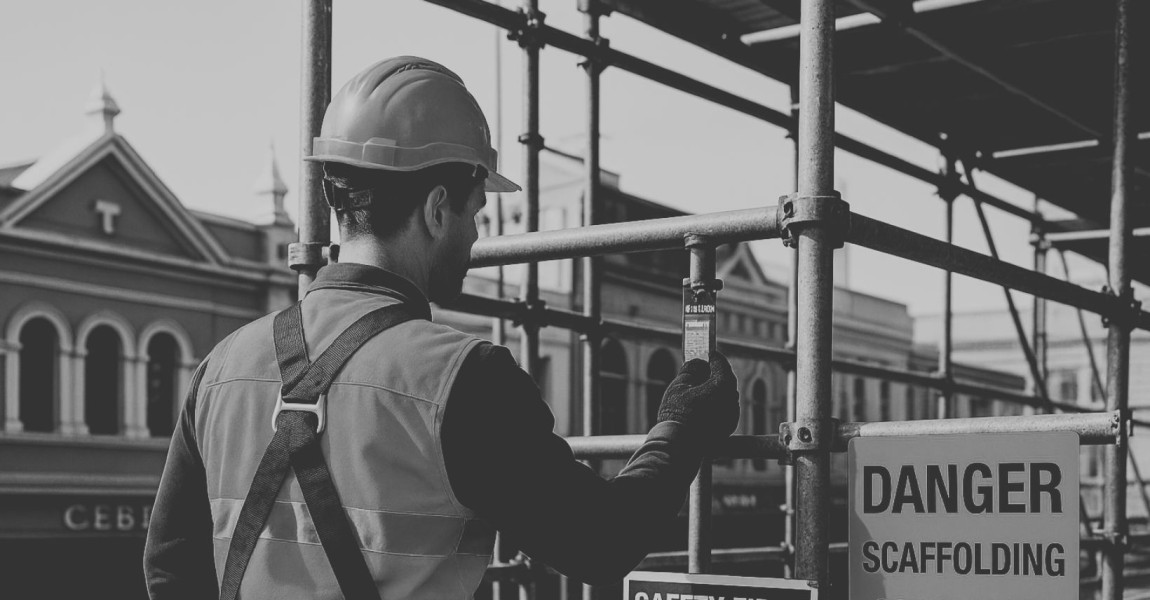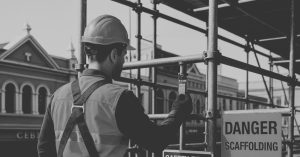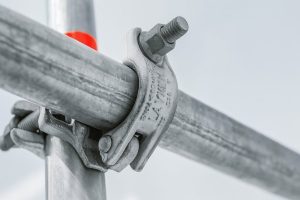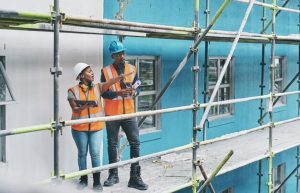Why No Worker Should Face Danger on Site

Why No Worker Should Face Danger on Site
Every New Zealander deserves to arrive safely at work, carry out their job, and return home without injury. Workplace safety isn’t optional – it’s a right.
For those working in construction, and particularly on scaffolding, the risks are higher and the consequences of poor safety practices can be severe. That’s why scaffolding safety in NZ must be a top priority for every site manager, employer, and worker.
Why Scaffolding Safety Matters
Falls from height remain one of the leading causes of serious injuries and fatalities on New Zealand construction sites. Despite clear scaffolding regulations in NZ, incidents continue to occur – often due to poor planning, non-compliant structures, or unsafe practices.
Whether you’re an employer, a health and safety officer, or a scaffolder, following the right procedures can save lives.
Pre-Start Checks and Regular Inspections
Before scaffolding is used, especially suspended scaffolds, a competent person must carry out a pre-start inspection. This should include:
-
A thorough visual check
-
A load test where required
-
Documentation of findings (checklist + signature)
Inspection records must be kept on-site and ideally displayed on the scaffold itself using an up-to-date scaffold tag.
Handling Damaged or Non-Compliant Scaffolds
If a scaffold is found to be unsafe or damaged:
-
Access must be removed where possible (stairs/ladders)
-
Clear signage or tags should be added to all access points
-
The scaffold should not be used until repaired and re-inspected by a qualified professional
Never attempt to straighten a bent tube – it must be removed and discarded according to best practice.
Safe Repairs and Alterations
All scaffold repairs and alterations must be carried out by a qualified professional. Before any work begins:
-
Isolate the scaffolded area
-
Update all scaffold tags to show the scaffold’s status
-
Ensure stability and follow supplier specifications
No one should use the scaffold again until a full inspection confirms it’s safe.
Common Scaffolding Hazards to Watch For
Scaffolding work comes with a unique set of risks. Some of the most common include:
-
Slips and trips on slippery or obstructed surfaces
-
Falling through gaps in poorly constructed platforms
-
Incorrect use of tools or faulty equipment
-
Inhaling hazardous dusts like silica or asbestos
-
Scaffold collapses due to overloading or unauthorised modifications
Protecting workers from these risks is not only a legal obligation but also the foundation of a safe and productive worksite.
Final Thoughts – A Shared Responsibility
At scaffolders.co.nz, we believe that no one should face danger at work. Whether it’s a high-rise development or a small-scale residential project, scaffold safety in New Zealand must be treated with the seriousness it deserves.
Employers must lead by example, workers must stay informed, and safety checks must be routine – not optional.






